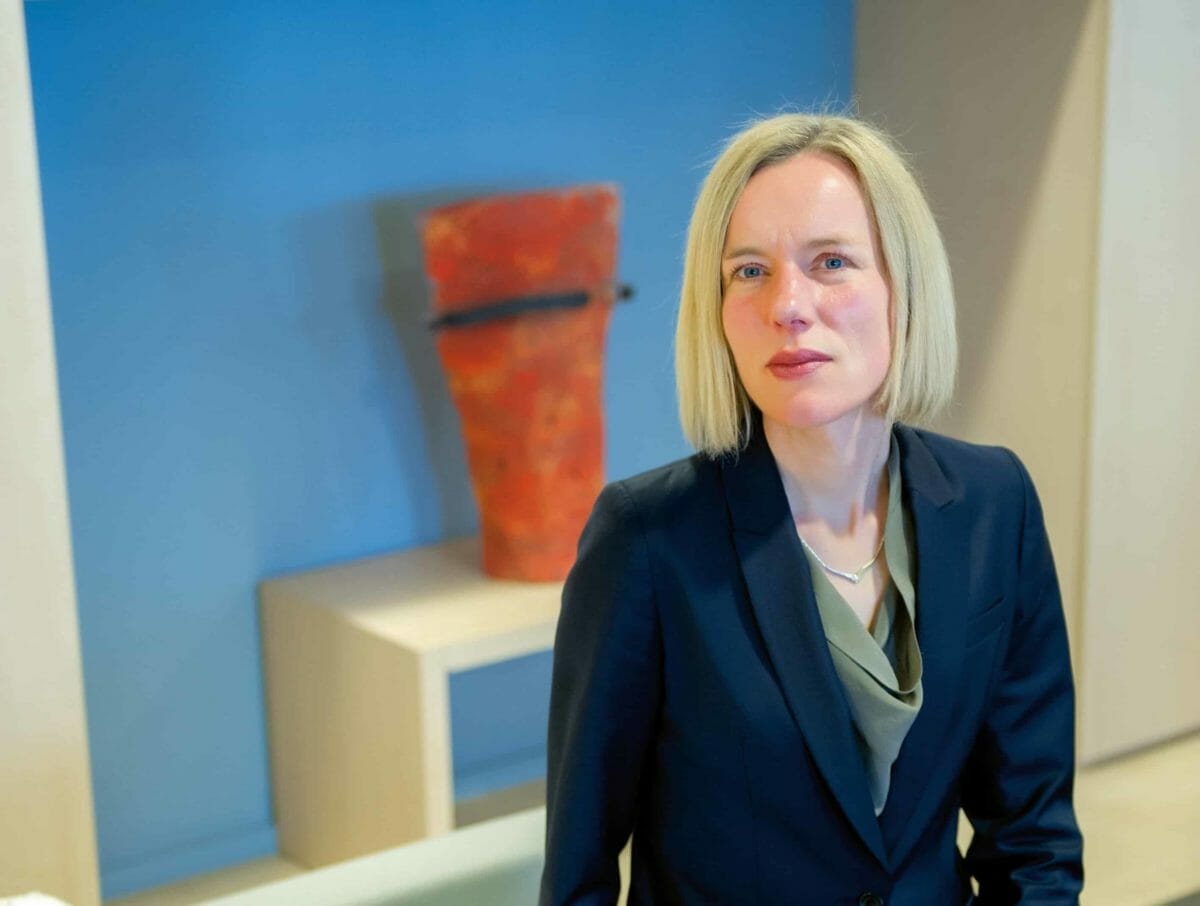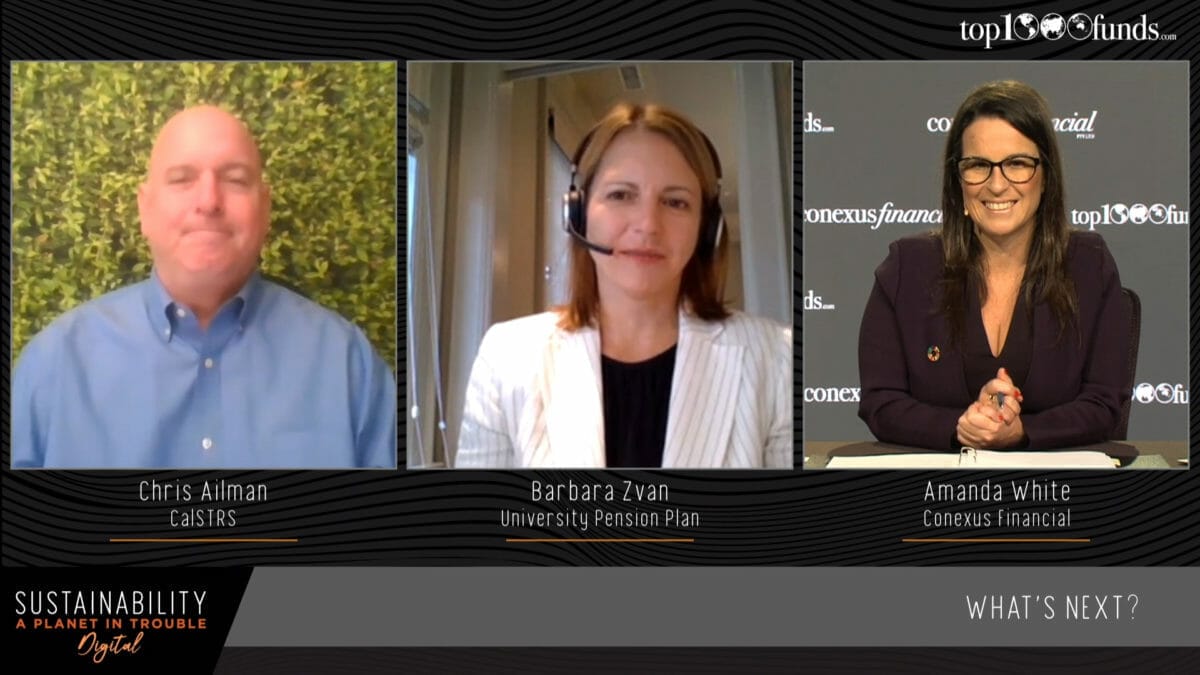Investors in Canada and Australia have joined the Dutch funds, APG and PGGM, in making their intention of an AI-driven SDG investment platform a reality.
The two Dutch funds set out in September last year their intention to establish the platform which allows asset owners and their managers to connect around the shared objective of measuring and understanding their investments’ contributions to the sustainable development goals (SDGs).
Now British Columbia Investment Management Corporation and AustralianSuper have joined the Dutch funds to jointly established the Sustainable Development Investments Asset Owner Platform (SDI AOP).
Claudia Kruse, the managing director of global responsible investment and governance at APG, said in an interview that the platform uses the definitions and taxonomy defined by the asset owners, which feeds into Entis, the technology platform, which turns those rules and methodology into classifications for 8,000 companies. The standard in the underlying data gets distributed by Qontigo and will be available for asset owners to use, like other data services.
“The benefit for asset owners is they are aligned with others with a standard definition. Asset owners can integrate this data across all investment processes – quantitative and fundamental – and monitor, map and steer their portfolios.”
Kruse said investors can also use the data to monitor external managers, and for asset allocation.
“This is a data source and a standard that truly aligns with the SDGs, based on financial data rather than sustainability data – and is auditable,” she said.
Rather than measure a corporate’s conduct or progress on sustainability, the platform looks through a different lens. It rates companies on the extent to which their core business activity helps create, for example, sustainable cities (SDG 11) or generate clean energy (SDG 7) in a novel approach that brings a new level to standardisation and efficiency to SDG portfolio management.
“Our definition is not based on company conduct such as an energy efficient oil refinery, but the products and services that contribute to SDGs. So we have to look at a company’s core business and how it is composed, what parts of the business contribute to the SDGs. One good example is Acardis which we have been engaging with on disclosures, they report on products and services that contribute to SDGs,” Kruse said.
“Some companies are very straight forward, such as in renewable energy, but there are others for example in the pharma or consumer goods sectors that you need to get the contextual information to understand the products and services and what contributions to the SDGs they make. This is why AI is so important because it can process vast amounts of data and patterns.”
APG has set target of 20 per cent of its AUM to be aligned to the SDGs by 2025 and Kruse said that sustainable development investments also have to meet risk/return requirements and there are no concessions made for that.
“The data can help to inform such requirements,” she said.
Going forward Kruse said the intention is to have a stronger emphasis on forward-looking metrics to get insight into how well positioned a portfolio company is for the future.
“We don’t call ourselves an impact investor even though we want to make positive contributions. Measuring “outcomes” is more descriptive.”
The AI SDG platform will be broadly available in the market and a virtual event on September 10 will provide interested investors with additional insight into the workings of the platform.
“This is not open source because we have put substantial resources towards it. Our goal to define a standard to contribute to and invest in the SDGs.”




